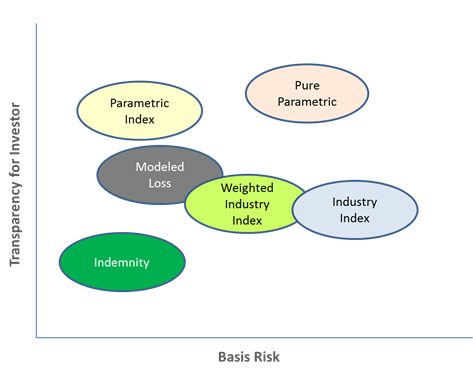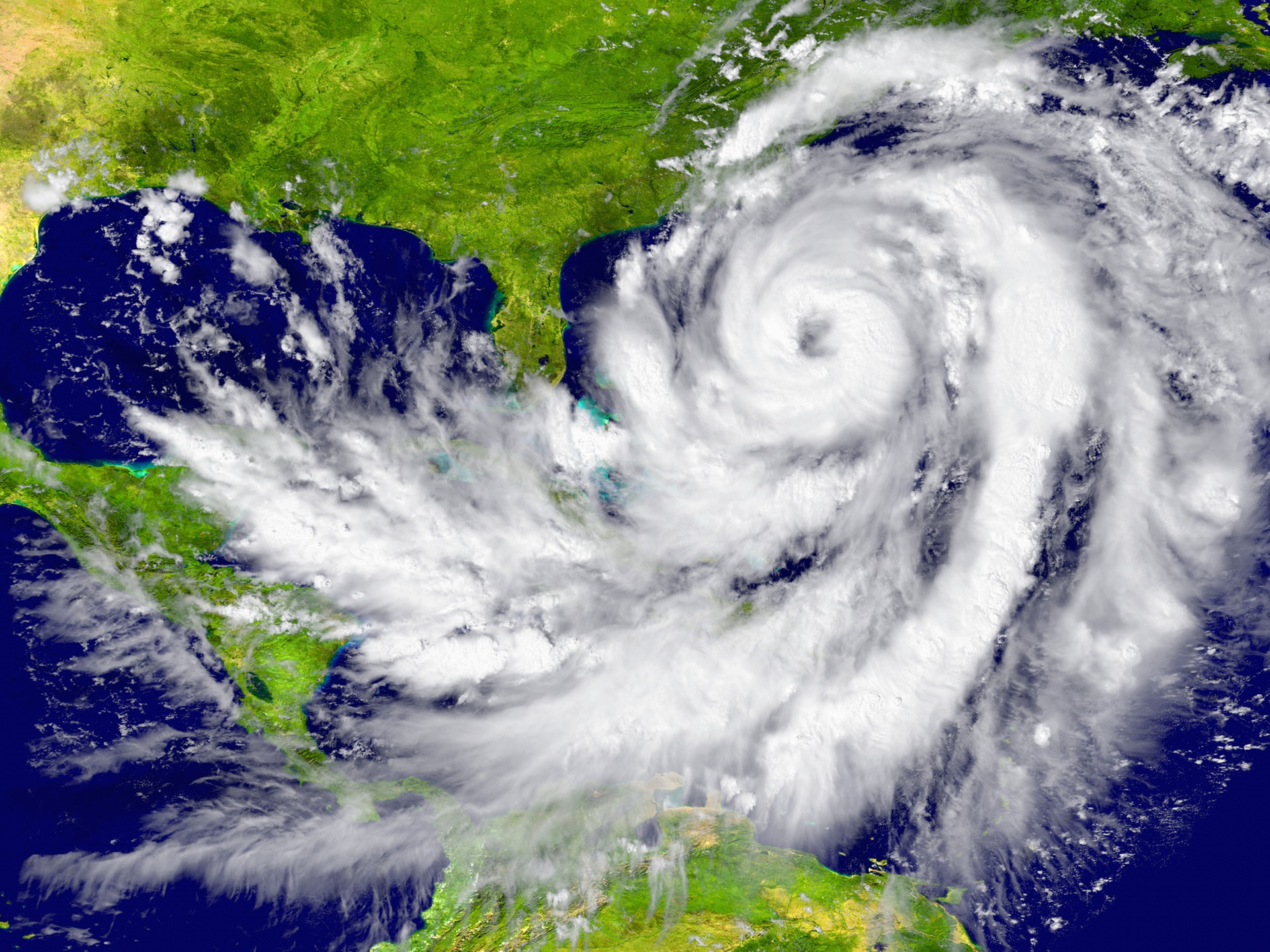Alternatives to traditional indemnity-based insurance products are often a more efficient use of capital and can be fine-tuned to meet the needs of the insurance buyer. These products can be purchased in addition to a traditional program or in lieu of a traditional setup.
There are various types of financial instruments whose values are driven by insurance loss events which can be linked to property losses caused by natural catastrophes and weather events. These types of solutions and products are obtained through Insurance-Linked Securities (ILS).
Insurance-Linked Securities allow investors to provide capacity, primarily on property catastrophe risks. Types of ILS arrangements include but are not limited to the following:
General Parametric Products
Parametric products continue to evolve and are being purchased throughout the country. A parametric product allows the insured to specify a limit and retention, and the post-event recovery is based upon the peril for which it was bought and its intensity level (e.g. Category 3 Hurricane wind speed threshold). These covers can be based upon wind, earthquake, rainfall, etc. Examples of how these can be designed include:
- Specific measurement sites: In this arrangement, the insured selects and implements a threshold trigger and proximity to the risk(s). These parameters help to mitigate basis risk, which is the difference between an index and a specific portfolio of losses (relying upon that index) as the underlying basis for a hedge. For example, insurer A’s loss portfolio will not be the same as the index used to calculate the price of the security purchased to hedge the loss portfolio.
- “Cat in a Box”: Generally speaking, this arrangement provides a buyer with the ability to define the geographic area in which the event will be measured to determine whether the threshold trigger has been met.
- In general, the more-probable event levels with lower threshold triggers will cost more than less-probable event levels with higher threshold triggers.
- These covers can also be purchased as either an indemnity-based product (based upon actual incurred losses and subject to the threshold trigger measurement(s) being met) or as a pure derivative form (based upon no proof of loss, and assuming the threshold trigger measurement is met, the limit purchased shall be paid to the buyer).
Industry Loss Warranties (ILW)
- One of the more common products, Industry Loss Warranties allow one party to purchase protection based on the total loss arising from an event to the insurance industry rather than their own loss. There are many types of ILWs in the market which are usually characterized by specific catastrophes, such as hurricanes or earthquakes. For example, a buyer of a “$200 million U.S. earthquake ILW attaching at $25 billion” would receive $200 million if total losses to the insurance industry from a single earthquake in the U.S. exceeded $25 billion. ILWs can be indexed based upon varying geographies to help mitigate basis risk (i.e., the insured’s incurred loss relative to an industry event). This can include designing the ILW around regions, specific states, or even at the county level.
- Losses are reported by index providers (e.g., Property Claim Services for U.S. natural catastrophe losses).
Catastrophe Bonds
- Catastrophe bonds are generally purchased by carriers as a reinsurance vehicle that transfers a specified set of risks from a sponsor to investors. Buyers issue bonds through an investment bank, which are then sold to investors. Cat bonds usually have maturities less than 3 years. If no catastrophe occurs, the insurance company would pay a coupon to the investors. If a catastrophe does occur, the principal would be forgiven and the insurance company would use this money to pay their claims.
Insurance-Linked Securities (Trigger Comparison Matrix)

AmWINS’ Alternative Risk Group is able to provide clients with access to alternative capital that cannot be supplied via the traditional broker market. Access to these markets includes the ability to provide diversified sources of capacity and enhanced structural features that traditional markets have difficulty providing. We provide tailored solutions and have the market relationships to provide viable alternatives.
ABOUT THE AUTHOR
This article was authored by Holland Walls, Alternative Risk Broker with AmWINS Brokerage of Alabama.


